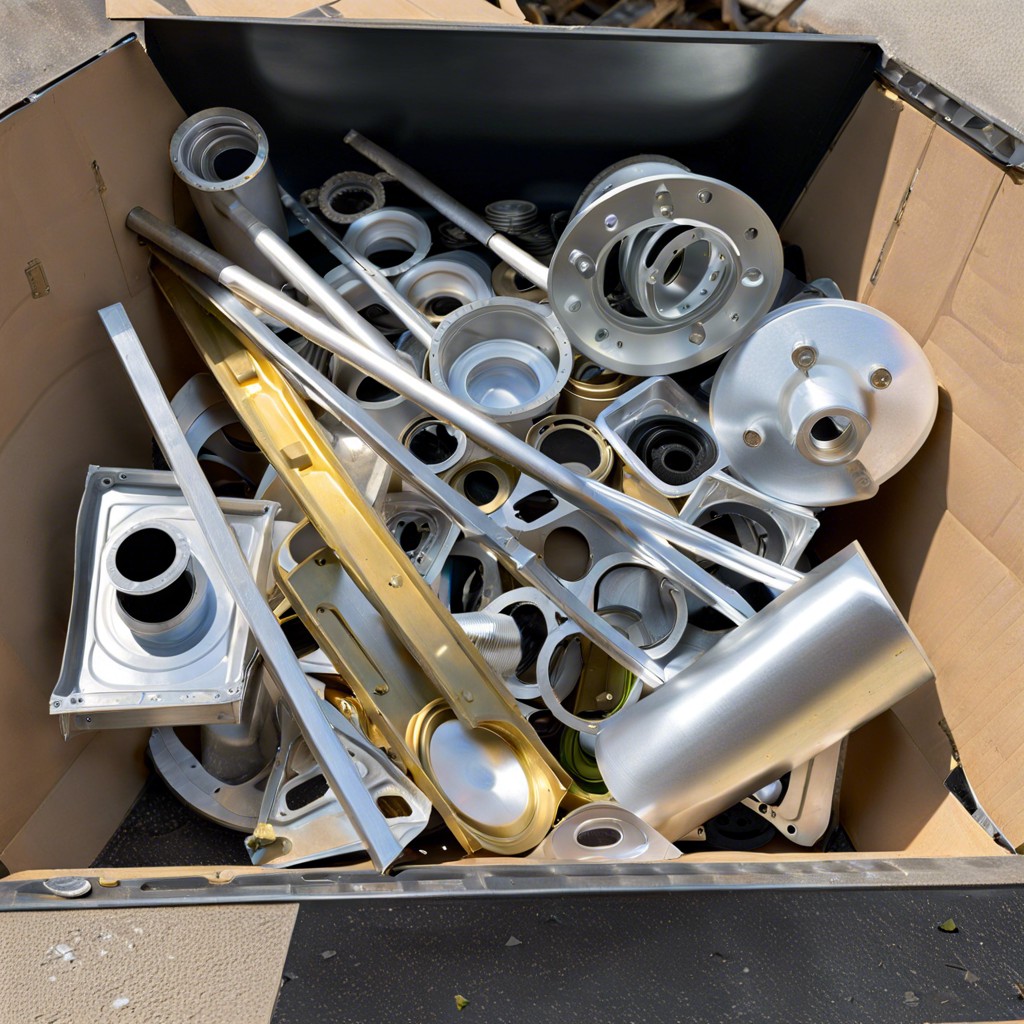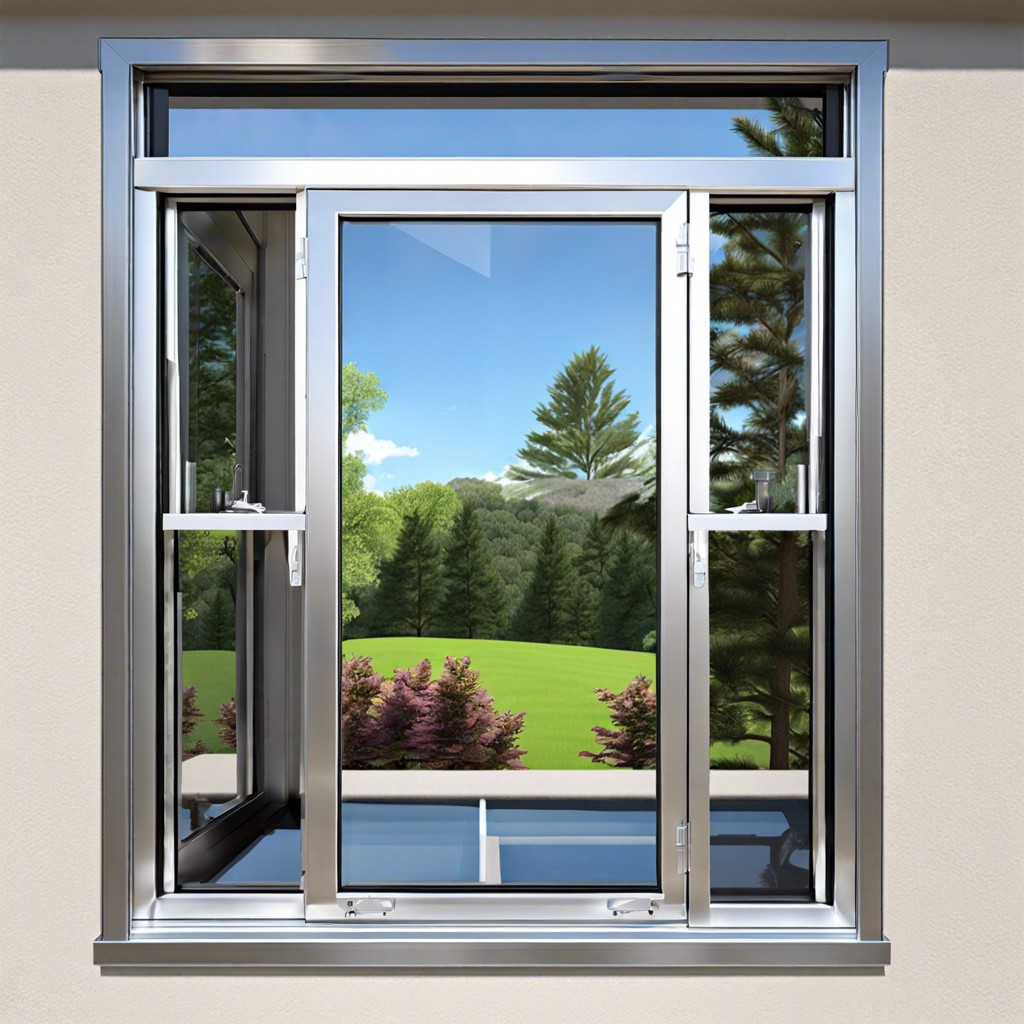Discover the effective methods to quickly and safely unfreeze a window, making your home more comfortable during those chilly winter months.
Have you ever struggled with a window that just won’t budge? Maybe it’s been stuck shut for months, or maybe it froze shut during a cold winter night. Whatever the reason, dealing with a frozen window can be frustrating and even dangerous if it’s preventing you from getting fresh air or escaping in an emergency.
But fear not! With the right tools and techniques, unfreezing a window is easier than you might think. In this post, we’ll walk through everything you need to know to get your stuck window unstuck and back to functioning properly.
So grab your gloves and let’s get started!
Key takeaways:
- Identify frozen windows by feeling for coldness or observing frost/ice.
- Common causes: moisture buildup and lack of insulation/weather stripping.
- Take safety precautions when attempting to unfreeze windows.
- Gather necessary tools: gloves, scraper, brush, deicing solution, hair dryer.
- Use heating techniques (hair dryer, warm water) or deicing solutions (rubbing alcohol, vinegar) to melt ice.
Identifying Frozen Windows
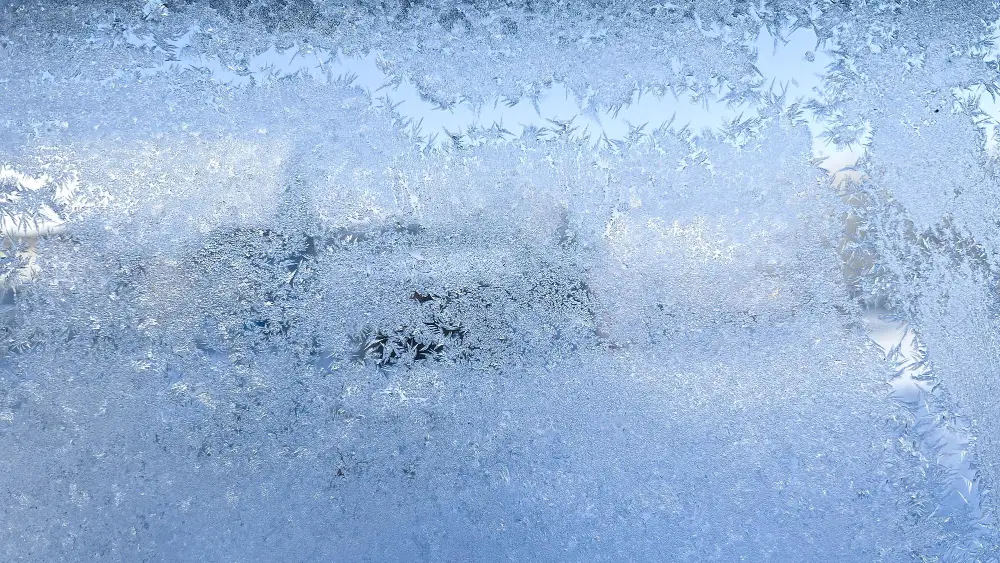
A frozen window will feel cold to the touch and may have visible frost or ice on the inside or outside of the glass. If you notice any condensation on your windows, especially during colder months, this could be an early sign that they are at risk of freezing shut.
It’s important not to force a frozen window open as this can cause damage and potentially injure yourself in the process. Instead, take some time to assess whether your windows are truly frozen before attempting any solutions for opening them up again safely and effectively.
Causes of Window Freezing
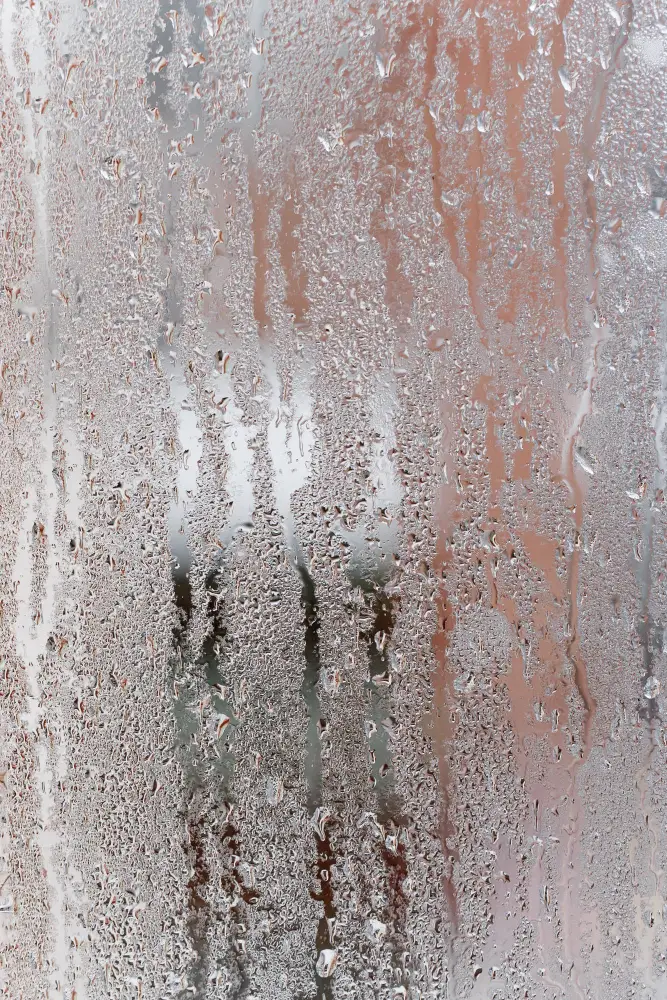
One of the most common causes is moisture buildup around the window frame, which can occur when warm indoor air meets cold outdoor air. This moisture can then freeze and cause the window to stick.
Another reason for frozen windows is a lack of proper insulation or weather stripping, allowing cold air to seep in and create condensation on or around the glass.
If you live in an area with high humidity levels or frequent temperature fluctuations during winter months, your windows may be more prone to freezing shut than those in other areas.
Understanding what causes your windows to freeze will help you take preventative measures and avoid future issues with stuck windows.
Safety Precautions

First and foremost, make sure you’re wearing gloves or other protective gear to avoid injury from broken glass or sharp edges. If the window is located on an upper floor of your home, use caution when opening it as falling out could result in serious injury.
Be mindful of any electrical appliances that may come into contact with water during the de-icing process. Avoid using hair dryers near standing water and keep all cords away from wet surfaces.
Gather Required Tools
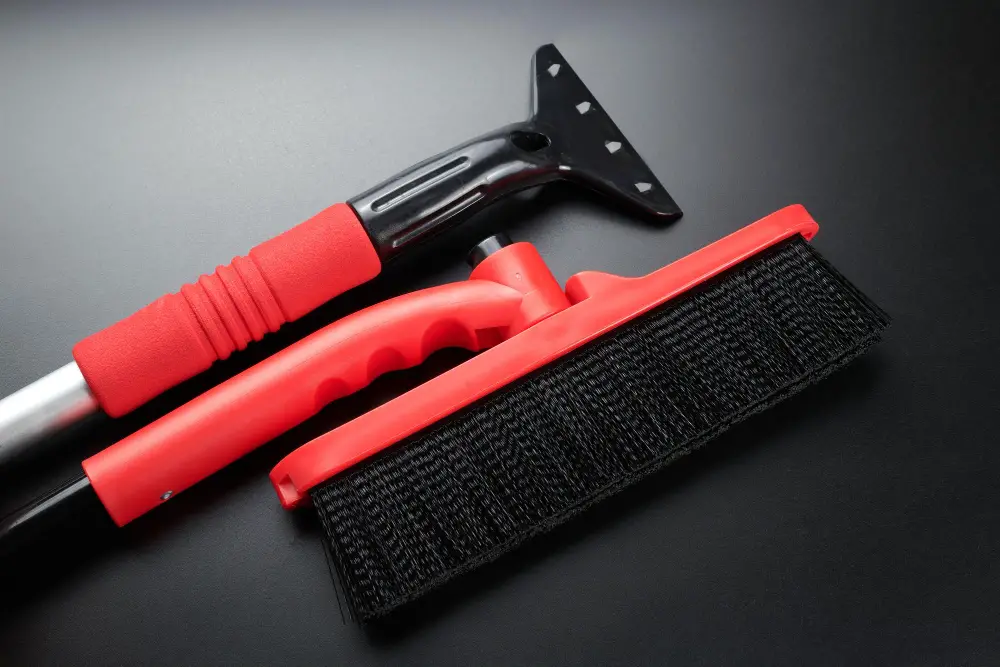
Having everything on hand will make the process smoother and more efficient. Here are some of the essential items you’ll need:
- Gloves: Protect your hands from cold temperatures and sharp edges.
- Scraper: Use a plastic scraper or spatula to remove ice buildup without damaging glass.
- Brush: A soft-bristled brush can help clear away loose snow or debris before applying heat or deicer solution.
- Deicing Solution: Choose a commercial product designed for windows, such as rubbing alcohol, vinegar solution (one part water/one part vinegar), saltwater (three parts water/ one-part salt) etc., depending on what is available in your home
- Hair Dryer: If using heating techniques then hair dryer is an essential tool.
Preparing to Open a Frozen Window

First and foremost, ensure that the area around the window is clear of any objects or debris that could be knocked over or damaged during the process. Next, put on a pair of gloves to protect your hands from potential cuts caused by broken glass or sharp edges.
It’s also essential to inspect the condition of your windows before trying any deicing techniques. If you notice cracks in the glass panes or damage around its frame, avoid using heating methods as they can cause further damage.
Once you’ve taken these safety measures and assessed your windows’ condition, gather all necessary tools such as scrapers and brushes for removing ice buildup on frames and sills.
Heating Techniques
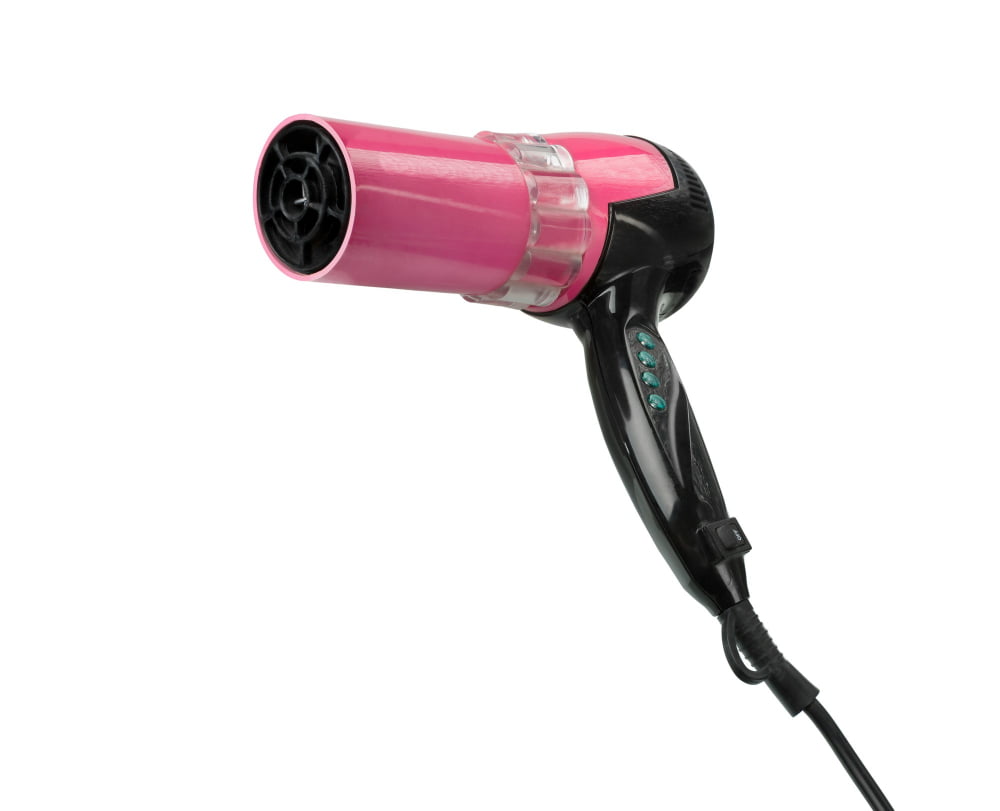
The first step is to identify which side of the window is frozen shut, as this will determine where you need to apply heat. If it’s on the inside, use a hairdryer or space heater aimed at the glass and frame for several minutes until it thaws enough for you to open it safely.
Be sure not to overheat any plastic components or curtains nearby.
If your frozen window is on the outside, try using warm water in a spray bottle and apply directly onto affected areas while avoiding metal frames that could rust from prolonged exposure.
Remember that heating techniques can be dangerous if not done properly; always wear gloves when handling hot objects and keep flammable materials away from heat sources like space heaters or candles.
Never attempt heating methods with propane torches as they pose significant fire hazards both indoors and outdoors.
Deicing Solutions
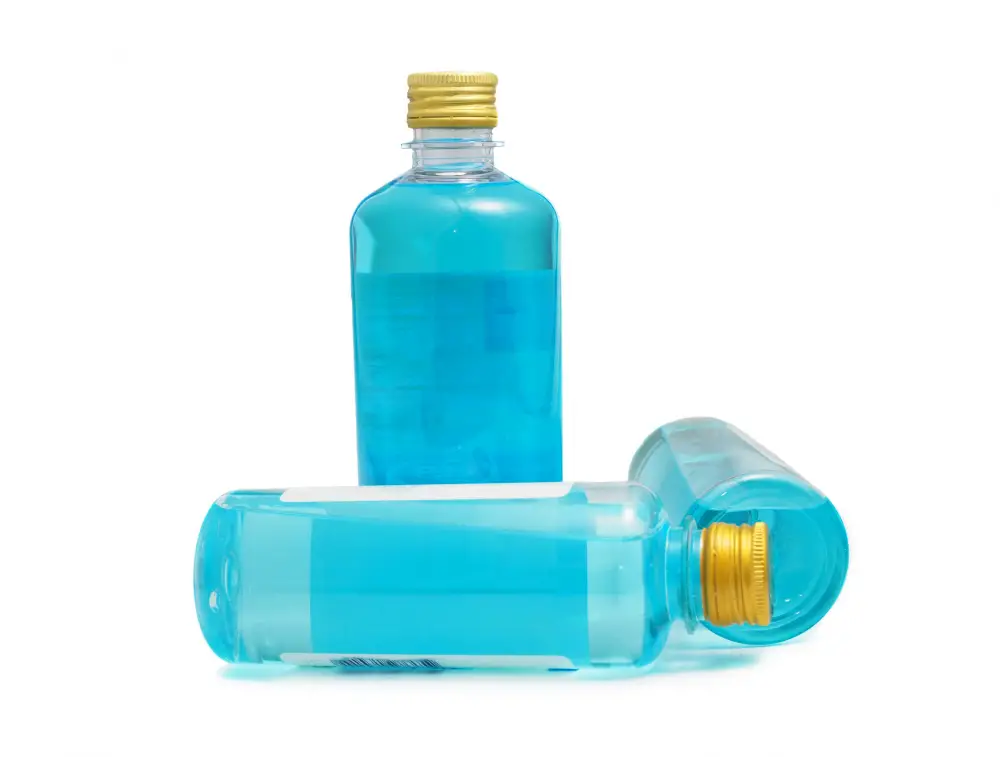
These solutions work by melting the ice that has formed on your window, allowing it to open more easily. There are many different types of deicers available, including commercial products and DIY options.
One common deicer is rubbing alcohol mixed with water in a spray bottle. Simply spray the solution onto the frozen area of your window and wait for it to melt away the ice.
Another option is vinegar mixed with water or saltwater solution applied using a cloth or sponge.
It’s important to note that while these solutions can be effective, they should be used carefully as some may damage certain types of glass or finishes on windowsills if not diluted properly.
When using any type of deicing solution, always follow safety precautions such as wearing gloves and protective eyewear when handling chemicals. Make sure you have proper ventilation in your home during use since some fumes can be harmful if breathed in excessively.
DIY Deicer for Car Windows
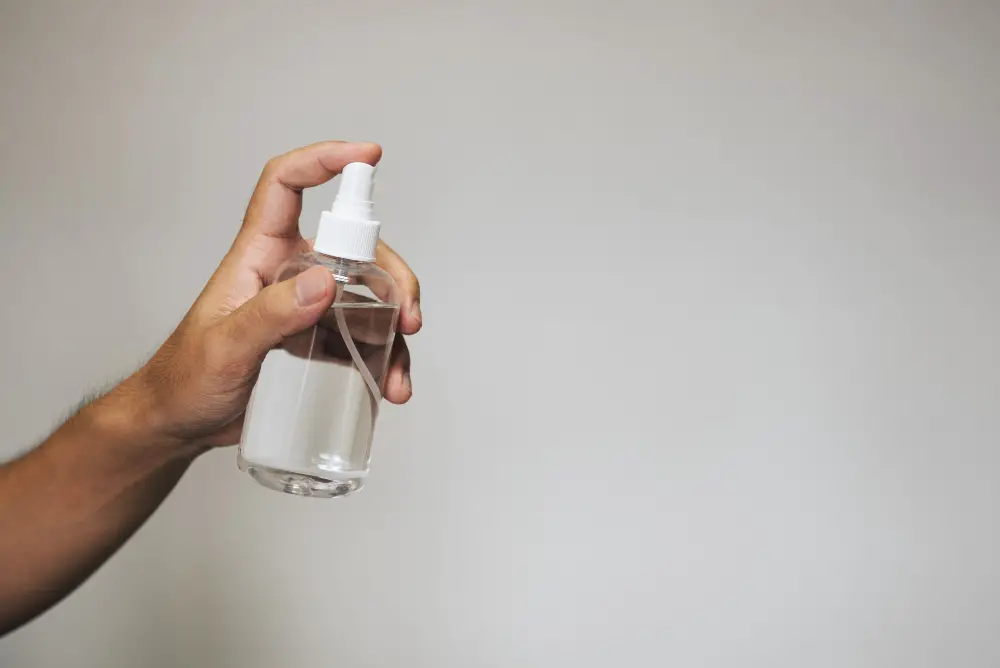
Fortunately, there’s an easy DIY solution that can help melt the ice and get your window unstuck. All you need is some rubbing alcohol and water.
To make your own deicer, mix two parts rubbing alcohol with one part water in a spray bottle. Shake well before use and then spray the mixture onto your frozen car windows.
The alcohol will lower the freezing point of water, causing it to melt away from the glass surface.
Be sure to test this method on a small area first as it may damage certain types of automotive paint or finishes if left on too long or used excessively.
Hair Dryer Application
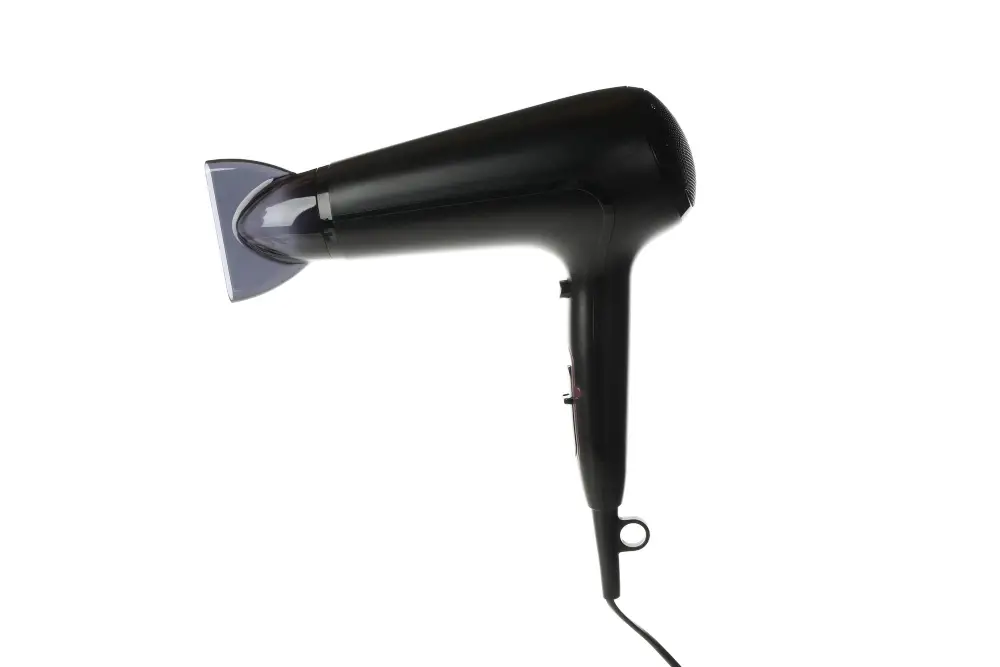
Simply plug in the hair dryer and set it to its highest heat setting. Hold the hair dryer about six inches away from the frozen area of your window, moving it back and forth until you see progress.
It’s important not to hold the hairdryer too close or leave it in one spot for too long as this could cause damage or even breakage of glass panes due to thermal shock.
Once you’ve made some headway with melting ice on your windowsill, use gloves or towels (to avoid burns) while gently pushing against any areas that are still stuck shut. This should help loosen up any remaining ice so that you can finally open up those stubborn windows!
Using Warm Water

Here’s how to do it safely and effectively:
- Boil some water on the stove or in an electric kettle.
- Pour the hot (but not boiling) water into a bucket or large container.
- Carefully carry the container over to your frozen window.
- Slowly pour the warm water along all edges of your window frame, taking care not to spill any onto yourself or nearby surfaces.
The warmth from this method will help melt away any ice buildup around your windowsill and allow you to open up even stubbornly stuck windows with ease.
However, be careful when using this technique as pouring boiling hot water directly onto glass can cause thermal shock which may lead them shattering suddenly due to rapid temperature change between different parts of glass surface causing uneven expansion/contraction patterns within its structure leading ultimately towards breakage.
Spray, Wait, and Scrape
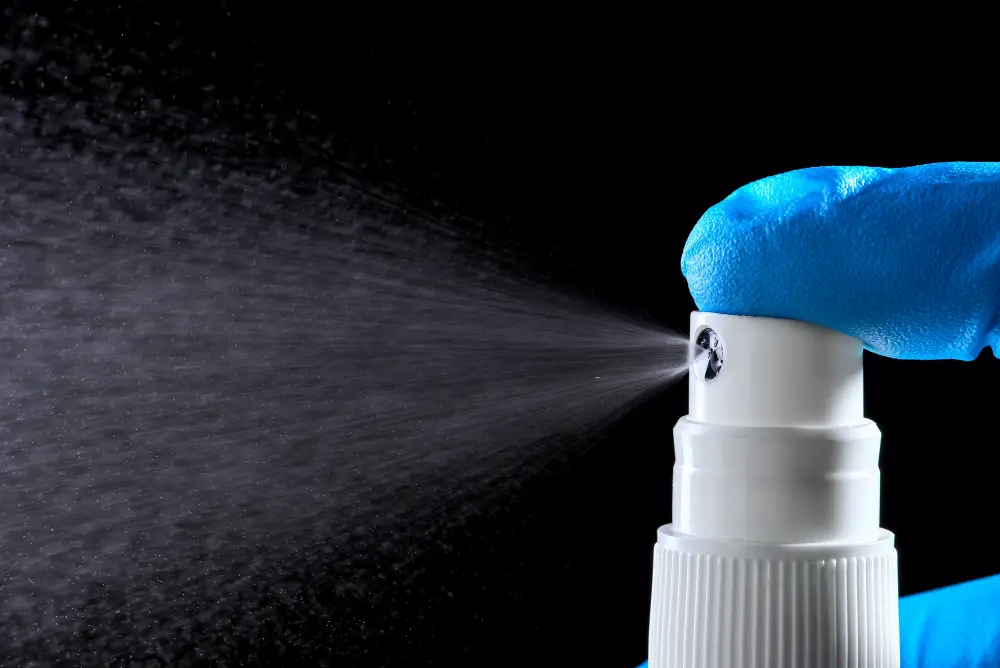
One effective method is the “spray, wait, and scrape” technique.
7. Spray, Wait, and Scrape.
To begin this process:
- Fill a spray bottle with equal parts water and rubbing alcohol.
- Spray the solution onto all sides of the window frame where it meets with any ice or frost buildup.
- Wait 5 minutes for the solution to penetrate through any cracks or gaps in between your windows’ frames.
- Use a plastic scraper (avoid using metal as it can scratch glass) to gently remove any remaining ice from around your windows.
This method works by melting away thin layers of ice at a time while also preventing refreezing by lowering freezing temperatures on contact surfaces. It’s important not to force open your windows during this process as they may still be stuck due to residual moisture or debris build-up inside their tracks.
Scraper and Brush Usage
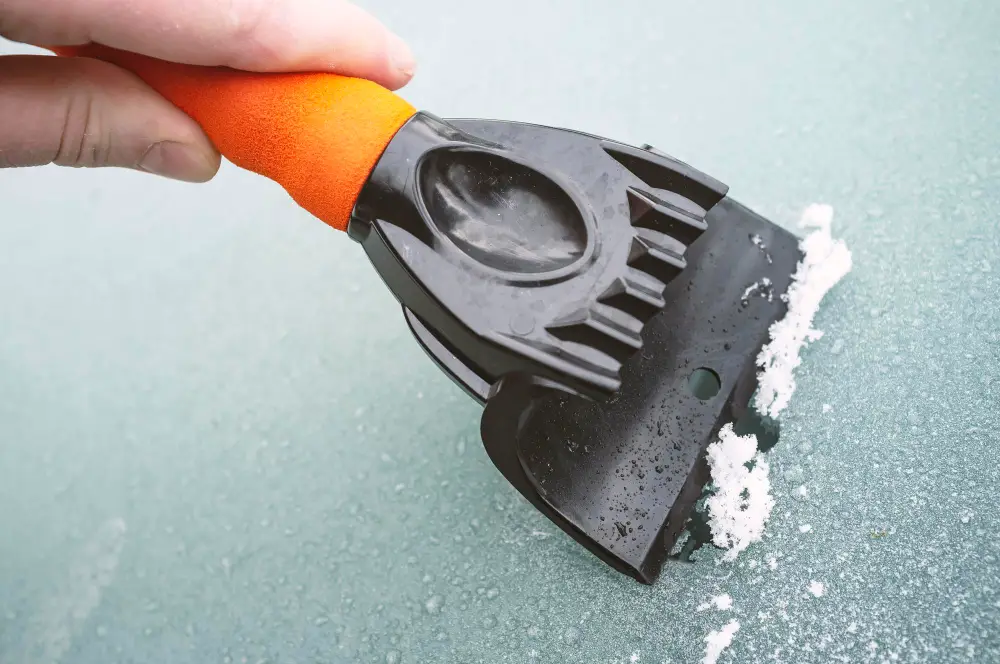
A scraper and brush can be incredibly useful for removing ice buildup from your windows. Start by using a stiff-bristled brush to remove any loose snow or ice from the surface of your window.
Then, use an ice scraper (or even a credit card in a pinch) to gently chip away at any remaining ice on the glass.
Be careful not to apply too much pressure or you could damage your windowpane or frame! Work slowly and methodically until all of the visible frost has been removed.
If you’re dealing with particularly stubborn patches of frozen condensation, try spraying them with warm water before scraping them away. This will help loosen up any remaining frost and make it easier to clear off without damaging your windows.
Frozen Lock Solutions

If your window lock is frozen shut, there are several solutions to try before calling a locksmith. One option is to use deicing spray on the lock mechanism and then gently wiggle the key until it turns.
Another solution is to heat up your key using a lighter or match and then insert it into the lock; this should melt any ice that’s causing resistance.
If these methods don’t work, you may need to remove the entire locking mechanism from inside of your window frame so that you can thaw it out more thoroughly. This process requires some basic tools such as pliers and screwdrivers but can be done relatively easily by following online tutorials.
Proper Ventilation

This will help prevent future freezing and keep the air inside fresh and healthy. One way to do this is by opening windows on opposite sides of a room or house, creating cross-ventilation that allows for better airflow.
Another option is to install a ventilation system that circulates air throughout your home. This can be especially helpful if you live in an area with high humidity or poor air quality.
Remember, good ventilation not only helps prevent frozen windows but also improves indoor air quality and reduces the risk of mold growth.
Preventing Window Freeze
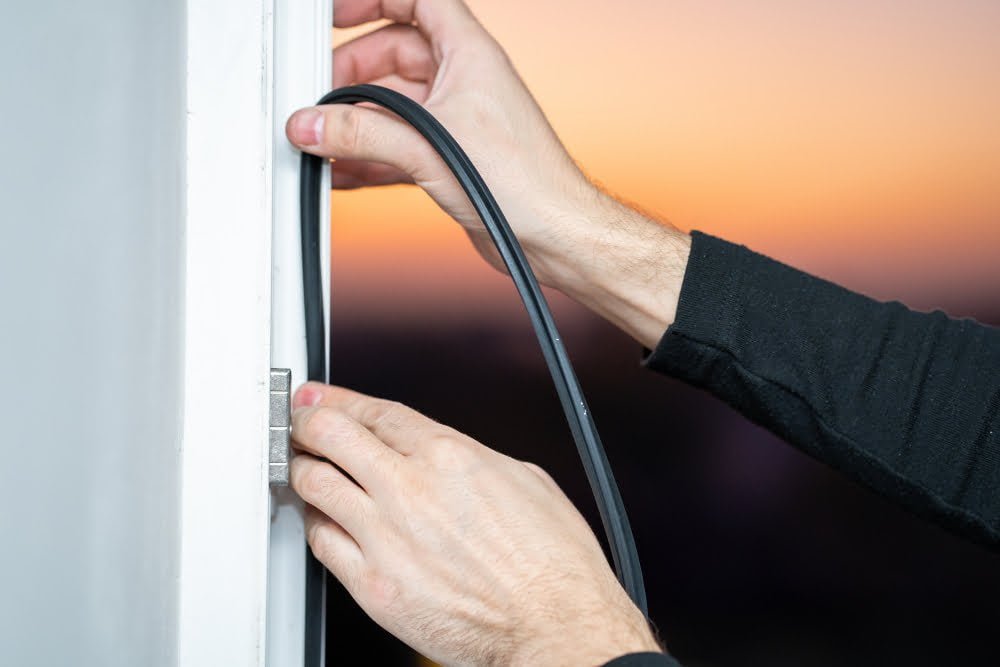
Here are some tips for keeping your windows functioning properly during the winter months.
1. Weather Stripping: Check and replace any worn or damaged weather stripping around your windows.
This will help keep cold air out and warm air in.
2. Insulating Window Film: Apply insulating window film over the glass panes of your windows, which can reduce heat loss by up to 70%.
3. Seal Gaps and Cracks: Use caulk or foam sealant around gaps between the frame and wall, as well as cracks in the glass itself.
Weather Stripping

It involves sealing the gaps between your windows and their frames, which can help keep cold air out and warm air in. This not only helps to reduce the likelihood of your windows freezing shut but also improves energy efficiency by reducing drafts.
There are several types of weather stripping available, including adhesive-backed foam tape, V-strip (tension seal), door sweeps, silicone caulk or rope caulk. Each type has its own advantages depending on the size and shape of your window frame.
To apply weatherstripping effectively:
- Clean all surfaces thoroughly before applying.
- Measure each gap carefully so you know how much material you need.
- Cut strips to fit each gap precisely.
- Apply firmly along entire length without stretching it too tight or leaving any gaps
- Trim excess with a utility knife
Insulating Window Film
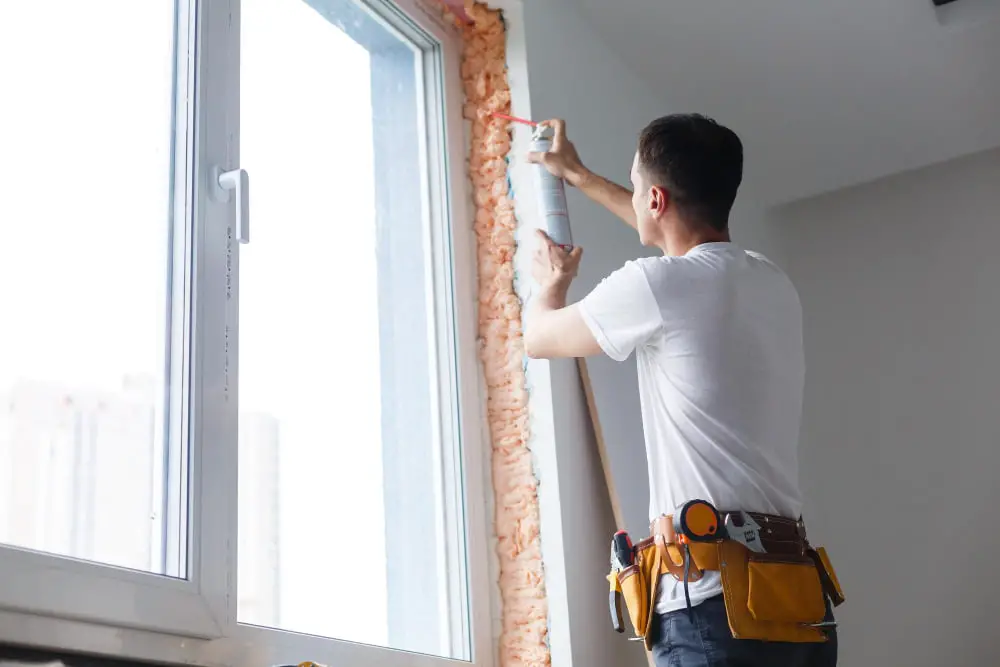
This film can be applied directly to your window panes and helps prevent heat loss by creating an insulating barrier between the inside of your home and the outside world. The film works by trapping air between its layers, which acts as an additional layer of insulation.
Not only does this type of window treatment help keep you warm in winter, but it also provides other benefits such as reducing energy costs and blocking harmful UV rays that can fade furniture or flooring over time.
Applying insulating window film is relatively easy, requiring only a few basic tools like scissors, a spray bottle filled with soapy water, and a squeegee. Simply measure out enough film to cover each pane of glass on your windows (with some extra for trimming), cut it down to size using scissors or utility knife if needed then apply it onto clean dry surfaces using soapy water mixture before smoothing out any bubbles with squeegee tool provided in most kits.
Seal Gaps and Cracks
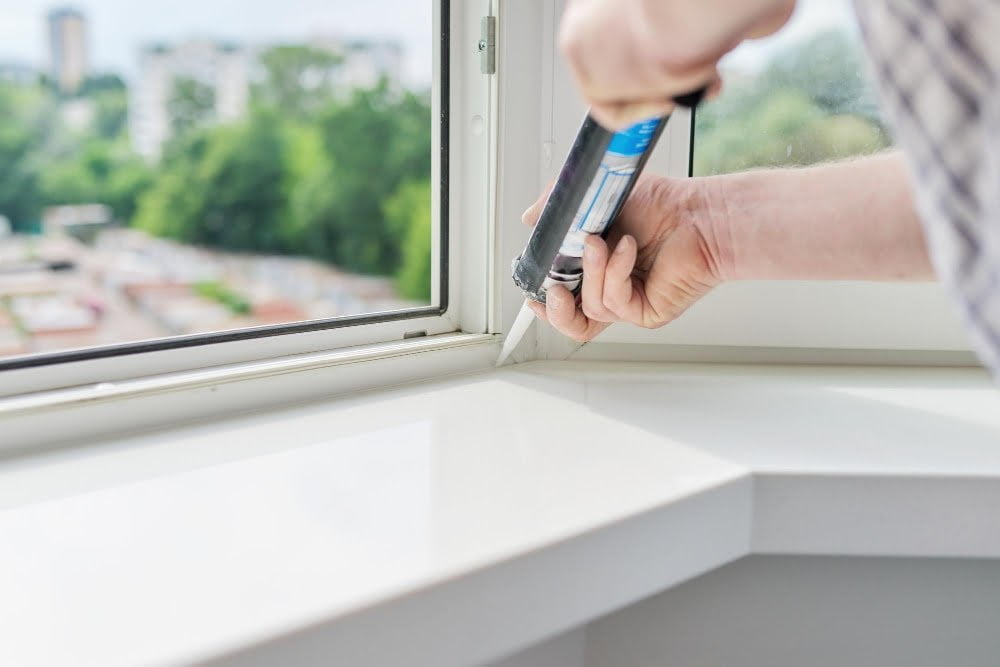
One of the best ways to prevent windows from freezing shut in the first place is by sealing gaps and cracks around them. Even small gaps can let in cold air and moisture, which can lead to frost buildup and frozen windows.
To seal gaps and cracks around your windows, start by inspecting them carefully for any openings or damage. Then use a high-quality caulk or weatherstripping material to fill in any holes or spaces you find.
This will help keep out drafts as well as moisture that could freeze on contact with the glass.
In addition to preventing window freeze-up, sealing gaps also has other benefits like reducing energy costs by improving insulation efficiency throughout your home.
Recap

